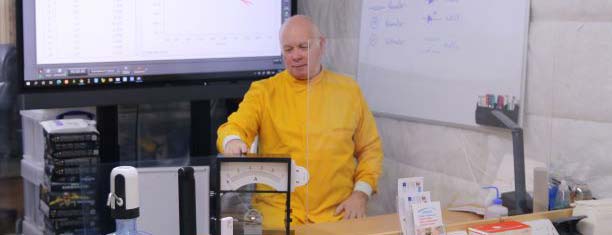To record the motion of a ping pong ball being dropped against a black background in a totally dark room using a camera and flash gun set at 15 Hz (15 flashes per second), you will need to follow these steps:
Set up your camera on a tripod or other stable surface, making sure it is pointed at the area where you will be dropping the ping pong ball.
Set the camera to manual mode, and adjust the exposure settings to ensure that the image is well-exposed when the flash fires. You may need to experiment with different settings to get the right balance.
Set up the flash gun on a separate stand or tripod, making sure it is pointed at the area where you will be dropping the ping pong ball.
Set the flash gun to strobe mode, and adjust the flash frequency to 15 Hz (15 flashes per second).
Turn off any other light sources in the room, so that the room is completely dark.
Drop the ping pong ball from a height above the camera and flash, making sure that it falls within the field of view of the camera.
Start the camera's continuous shooting mode, and let it run for a few seconds as the ping pong ball falls.
Review the images on the camera's display or on a computer to see the motion of the ping pong ball as it falls.
By using a flash set to strobe at a high frequency and shooting in a completely dark room, you will be able to capture the motion of the ping pong ball as it falls, showing the effects of gravity on its motion.












